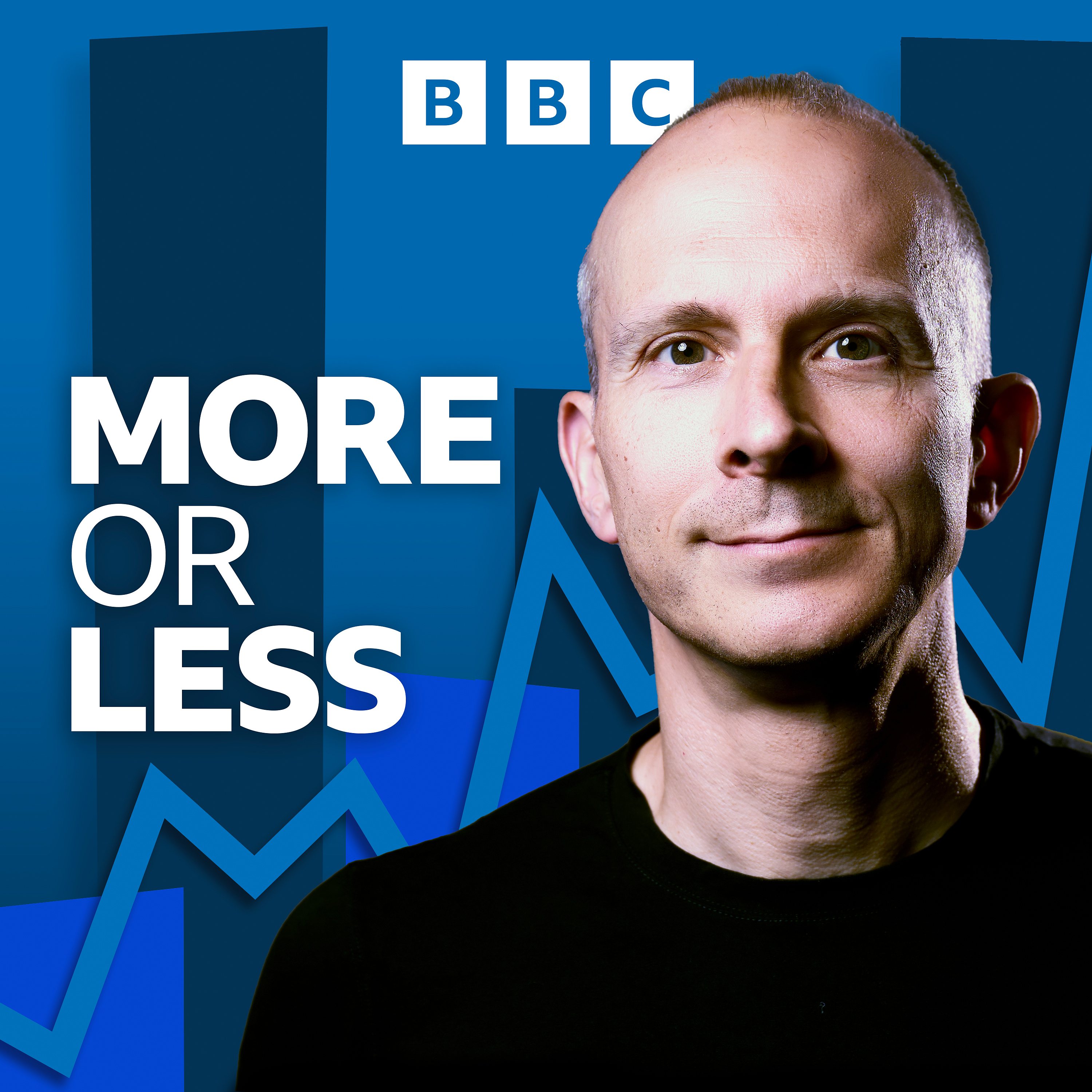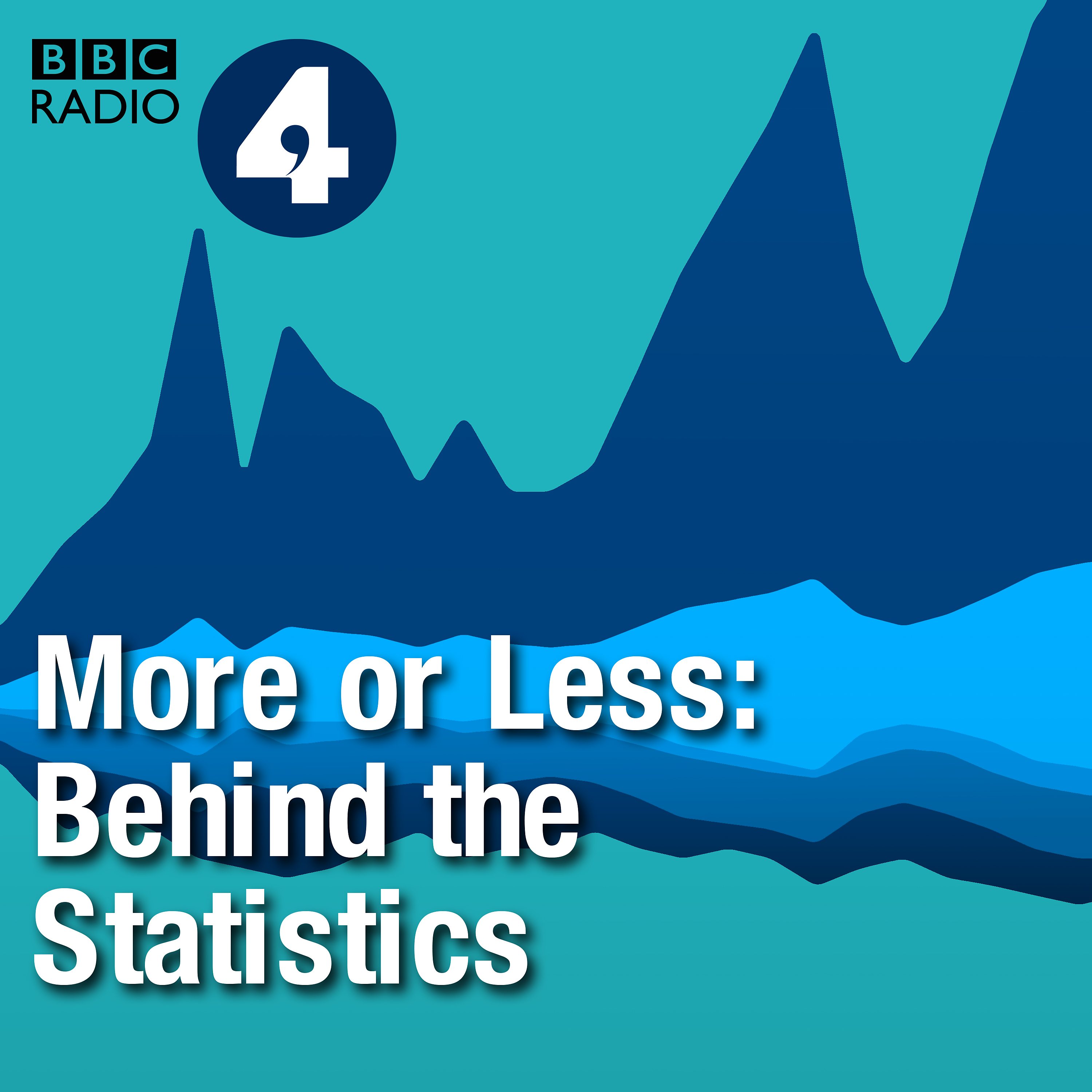We're sunsetting PodQuest on 2025-07-28. Thank you for your support!
Export Podcast Subscriptions
How to spot a suspicious statistic
2025/6/21

More or Less: Behind the Stats
A
Alex Edmans
T
Tim Harford
Tim Harford: 我认为,当我们看到一个我们希望是真的结果时,应该反思它是否仅仅因为符合我们的期望而受欢迎,而非因为其准确性。如果一个研究结果让你迫不及待地想在社交媒体上分享,那么很可能这个研究的吸引力来自于它迎合了你的偏见,而非其科学严谨性。我们应该警惕那些过于符合我们期望的统计结果,并对其背后的方法和数据进行更深入的审查。
Alex Edmans: 我认为,人们倾向于接受符合自己期望的统计结果,而忽略其潜在的缺陷。为了避免这种偏见,我建议大家在看到一个自己希望是真的结果时,尝试想象相反的结果,并思考你会如何解释它。这种方法可以帮助我们更客观地评估证据,避免被选择性验证所误导。我们应该培养批判性思维,对所有统计结果都保持怀疑态度,并寻找其他可能的解释。
Deep Dive
This chapter explores how seemingly accurate statistics can be misleading. It uses the example of breastfeeding and child health, highlighting how correlations don't always equal causation and how external factors can influence results. The discussion extends to the complexities of interpreting statistical claims.
- Correlation does not equal causation.
- External factors can influence results.
- Critical thinking is necessary when interpreting statistics.
Shownotes Transcript
Untruths sneak into our lives in all kinds of ways. Sometimes they’re outright lies. Blatant misinformation.
But in this episode, we’re going to talk about something else - those sneaky numbers and claims that bounce around our society and that aren’t exactly false, but are leading you down the wrong path.
That’s the subject of a book called May Contain Lies by Alex Edmans, a professor of finance at London Business School.
Tim talks to Alex about the statistical claims that might not be wrong, but aren’t right either – and how to make sure you aren’t fooled by them yourself.
Presenter: Tim Harford Producer: Tom Colls Production co-ordinator: Brenda Brown Sound mix: Andrew Garratt Editor: Richard Vadon